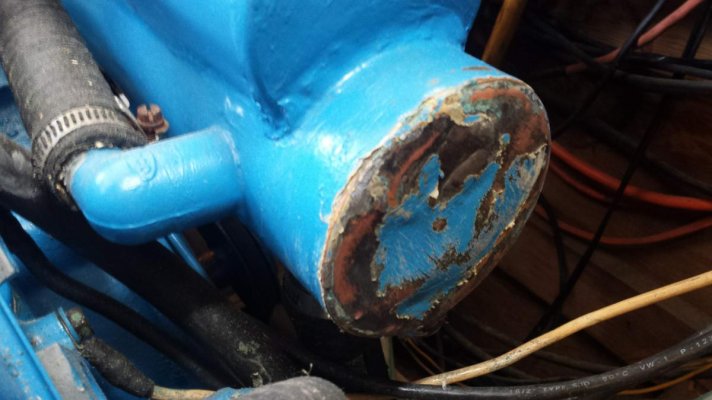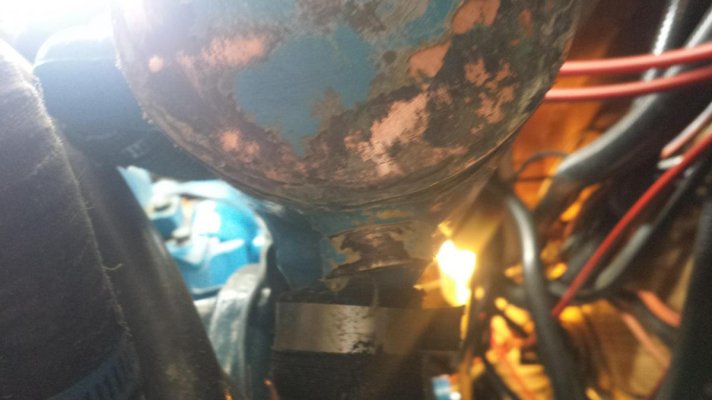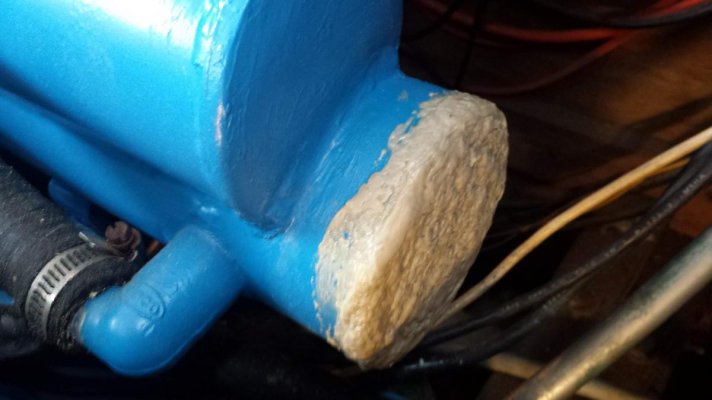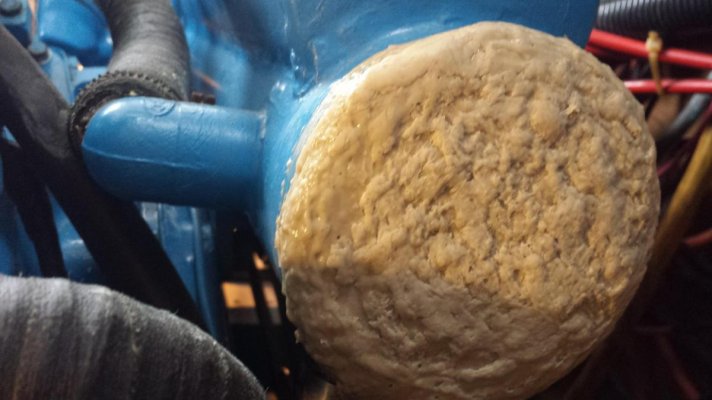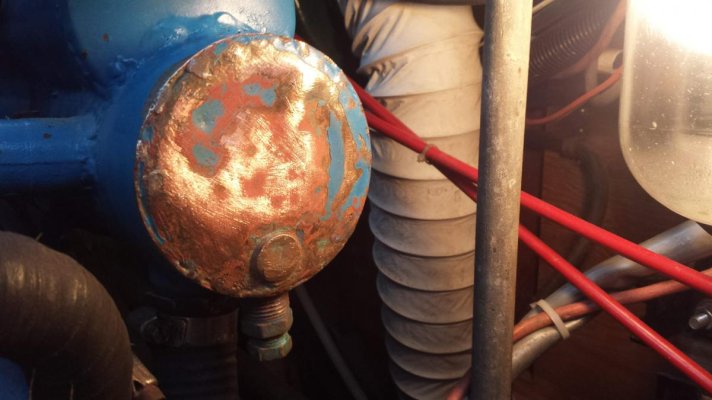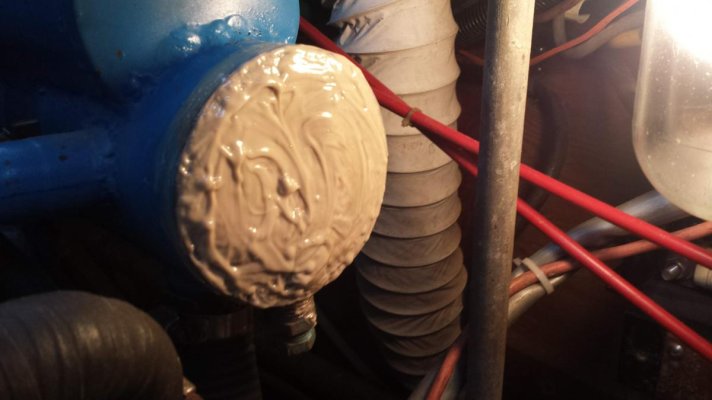siestakey
Guru
- Joined
- Jul 7, 2013
- Messages
- 1,815
- Location
- USA
- Vessel Name
- Steppin Stone IV
- Vessel Make
- Marine Trader Kelly Trawler 46
It’s 2:30pm. I’m taking a break at Starbucks. The heat exchanger is out.
The hoses weren’t as bad as I thought they’d be. Only one of the four gave me any serious trouble. And I’m sure I didn’t damage any of them. Didn’t leak over a cup full of AF. All and all it went very well.
Guys I think there’s several rad shops here in MtVernon/Burlington. I’ll pop in on my favorite auto shop and find out what shop is the best.
They have us on alert for moving boats around re dredging. Hope I get it back together before they call me.
Going to fill the engine very carefully this time and avoid air pockets. I’ll use the air bleed screw on the thermostat to avoid air there. I think my jump to 240 degrees came from having an air pocket there. I have a new thermostat but I’ll see if the old one works perfectly .. as it always had before. If not .. in w the new.
I’m glad a lot of interesting stuff came out of my posting the question. Thanks for all.
Best of luck keep us posted

